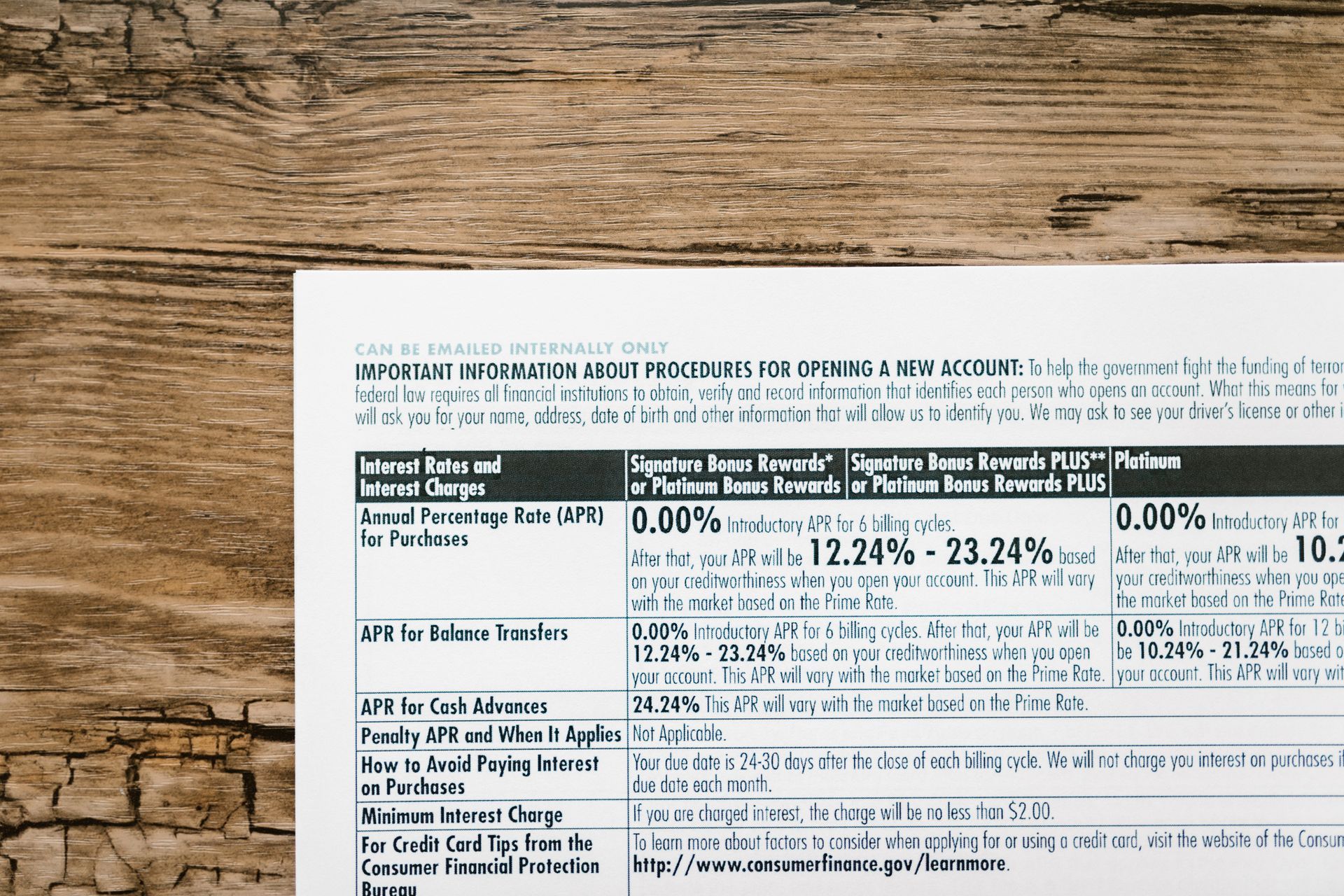Understanding Returns on Premiums in Life Insurance Policies
Return of Premium (ROP) life insurance policies present an intriguing financial product for those seeking the security of life coverage with the added benefit of premium reimbursement upon term completion.
While the premise of receiving back 100% of premiums paid is straightforward, the actual calculation of the refund can be nuanced, factoring in potential deductions and the tax-free nature of the return.
This complexity raises important questions about the true value and cost-effectiveness of ROP policies compared to traditional life insurance offerings. As we explore the intricacies of ROP life insurance, one must consider the broader financial implications and strategic fit within one’s personal financial plan.
Contact Us
We will get back to you as soon as possible.
Please try again later.
Key Takeaways
- You are entitled to a refund of 100% of the premiums paid on a return of premium life insurance policy.
- Administrative fees or charges may be deducted from the refunded amount.
- The refunded amount is typically tax-free, not affecting your taxable income.
- Interest earned on the premiums is not included in the refund.
- It’s crucial to consider the higher costs of these policies compared to regular term life insurance.
Understanding Return of Premium
Receiving of Premium (ROP) life insurance offers policyholders a unique financial proposition: the ability to recoup all the premiums paid over the term of the policy, should they outlive it. Unlike traditional term life insurance, where premiums contribute solely towards the death benefit, ROP policies integrate a savings component. This feature allows for a tax-free refund of premiums, effectively returning the investment made by the policyholder.
However, it should be emphasized that ROP policies often command higher premiums to accommodate this refund feature. Additionally, some policies may include administrative fees or charges, slightly impacting the total refund amount. Despite these costs, ROP insurance provides a compelling option for those seeking the security of insurance with the added benefit of recouping premiums as a tax-free investment if the insurance is not utilized.
Calculating Your Refund
Understanding the specifics of calculating your refund in a Return of Premium (ROP) life insurance policy is essential for policyholders aiming to maximize their financial benefits. When you outlive the term of your return of premium policy, the calculation of your premium refund involves several key aspects:
- Premiums Paid: You are generally entitled to a refund of 100% of the premiums paid, which represents a full premium refund, underscoring the policy’s significant benefit for those who outlive the policy term.
- Administrative Fees: Some policies may reduce your refund by deducting administrative fees or charges.
- Tax-Free Refund: The refunded amount is tax-free, adding to its value, but it does not include any interest gains.
Understanding these factors allows policyholders to anticipate the financial return from their return of premium policy accurately.
Cost Vs. Benefit Analysis
When considering a return of premium life insurance policy, it is essential to conduct a thorough cost versus benefit analysis to ascertain its alignment with one’s financial objectives. Return of Premium Life policies, though more expensive—costing 2 to 3 times more than regular term life insurance—offer a unique value proposition: the potential to receive back 100% of premium costs if the policyholder outlives the term.
This feature, absent in a standard term life policy, can align with the financial goals of those seeking a safety net that also serves as a forced savings vehicle. However, the lack of interest on refunded premiums and higher initial costs warrant careful consideration.
Consulting financial advice to balance these factors with personal financial goals and the absence of cash value growth is advisable for making an informed decision.
Policy Comparison
Comparing Return of Premium (ROP) life insurance with traditional term policies is essential for individuals aiming to make informed decisions that align with their financial strategies and risk tolerance.
- Financial Goals and Risk Tolerance: Traditional term life insurance may suit those with a tight budget or specific financial goals, where lower premiums without a refund feature match their risk tolerance.
- Policy Cost and Refund Feature: ROP insurance, offering a refund of premiums (ROP) if the policyholder outlives the term, can be considerably more expensive, reflecting its unique benefit.
- Life Insurance Rider Options: Considering a return of premium rider as an addition to a traditional policy might offer a balanced approach, blending cost efficiency with the desire for a potential refund.
Policy comparison is key to selecting a life insurance product that resonates with your sense of belonging and financial security.
Tax Implications
After examining how Return of Premium (ROP) life insurance compares to traditional term policies, it’s crucial to ponder the tax implications of premium refunds.
The beauty of ROP life insurance lies in its unique tax advantage—premium refunds are generally not taxable. This means that the money returned to you, having been initially paid as premiums, is considered a return of capital rather than income. Consequently, individuals do not need to include these refunds as taxable income on their tax return, enhancing the appeal of ROP life insurance for those seeking both coverage and financial efficiency.
However, for a nuanced understanding of how this tax benefit applies to your specific situation, consulting with a tax professional is highly recommended. This expert advice ensures you fully leverage the tax implications to your advantage.
Making the Right Choice
Deciding whether return of premium life insurance is the right choice involves carefully balancing its higher costs against the unique benefits, including the potential for a full premium refund. When considering this type of coverage, it’s pivotal to reflect on:
- The financial stability it offers by ensuring you can get back 100% of your premiums if you outlive the term, turning your policy into a form of forced savings.
- The peace of mind knowing that your money isn’t just for coverage but can be returned, tax-free, enhancing your sense of security.
- Comparing costs and benefits among various companies to ascertain which offers the best value, recognizing that these policies can be considerably more expensive than standard term life insurance.
Choosing the right life insurance policy means aligning these factors with your financial goals and the desire for security.
Conclusion
In summary, Return of Premium life insurance offers a distinct advantage for those who outlive their policy term by refunding the premiums paid, minus any applicable fees or charges. This feature, while providing a financial safety net, requires a thorough analysis of cost versus benefit, alongside a comparison with traditional life insurance policies.
The tax-free nature of the refunded amount adds a layer of appeal, making it essential for individuals to weigh their options thoroughly before making a decision. Therefore, the choice of such a policy demands a detailed understanding of its financial implications and potential benefits. Send us message for your questions.
Boise Health & Life Insurance Agency - Serving Boise The Treasure Valley & Idaho
Boise, ID
83704
All Rights Reserved | goidahoinsurance.com












